Opinion: South Korean Cinema Is Far Superior To Big-Budget Hollywood Productions
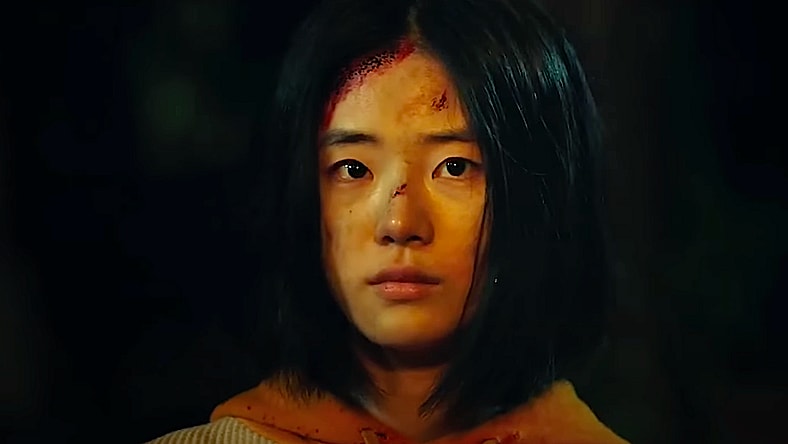
I’ve been a film critic for the last 7 years and have seen hundreds of new movies yearly. On average, about 10 to 20 of those films happen to come out from East Asia — more specifically, South Korea.
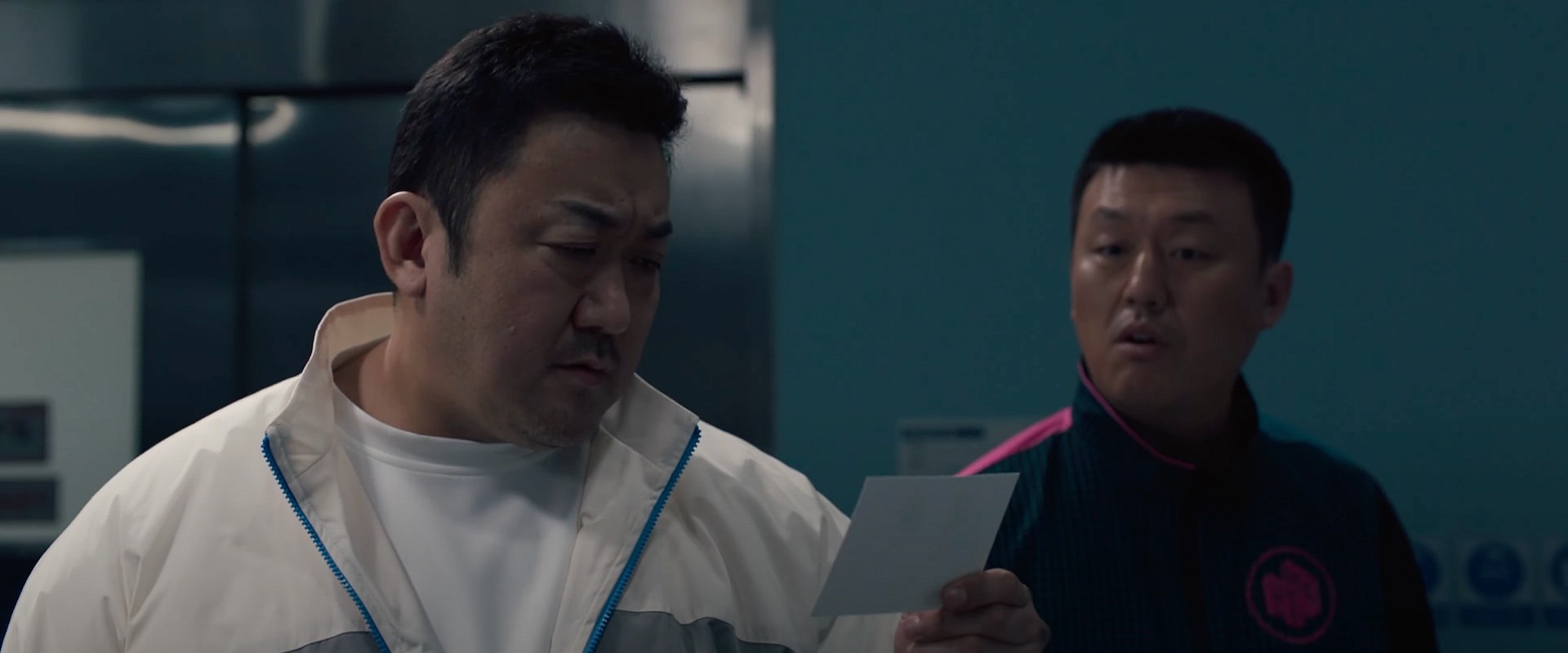
RELATED: The Top 10 Worst Films Of 2022
Watching Korean cinema was a nice, complimentary change of pace from the big-budget cinema that we used to see here in the United States. However, over the last few years, mainstream film audiences have realized there’s been a shift in the quality within the American film industry.
If you happen to be a movie aficionado, you may have realized that over the last decade, the general quality of films has been on a sharp decline. Quality in superhero movies has dropped, the age of the action star is fundamentally dead, comedy isn’t as funny as it used to be over two decades ago, and Hollywood’s idea of drama can be narrowed down to nothing more than woke lecturing with nauseating narratives.
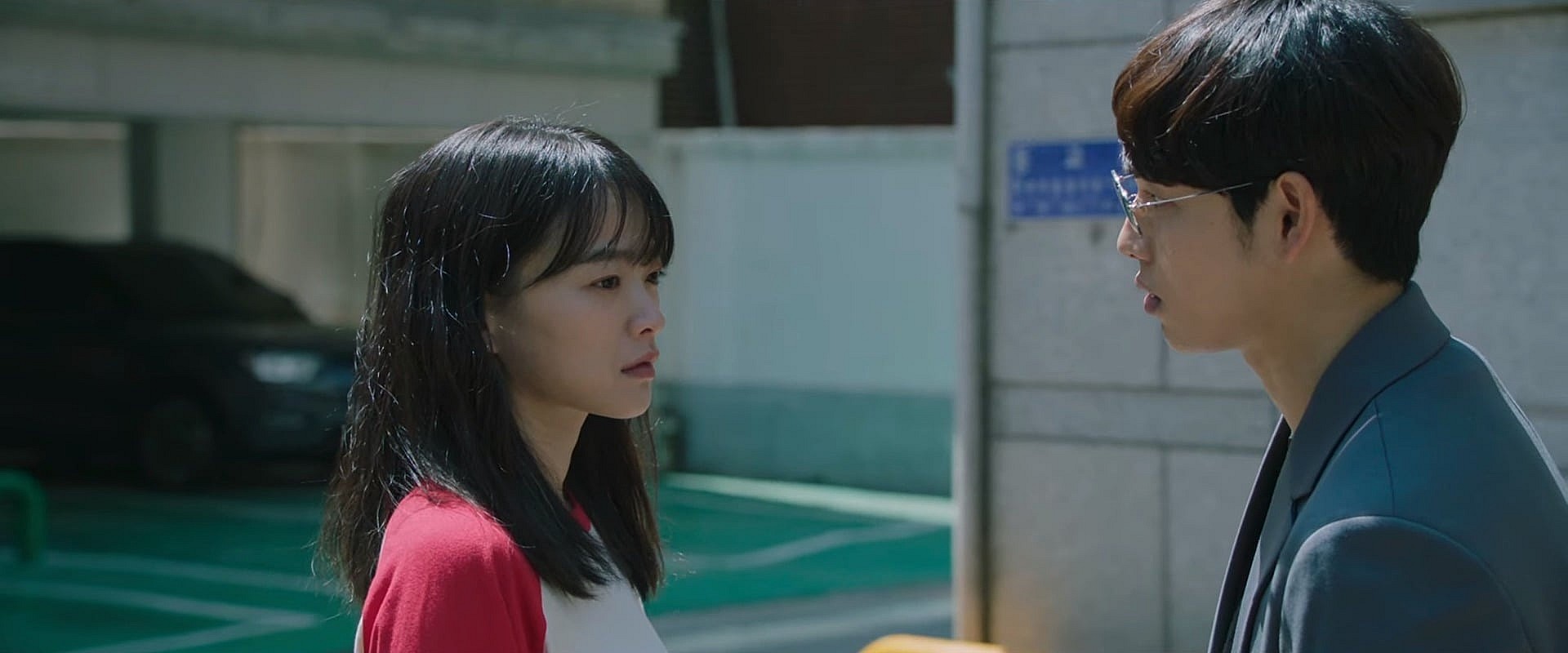
Long story short, going to the movies isn’t as fun as it used to be. But, what if I told you that this is an American problem? During the decline of American cinema, South Korea has produced quality content that manages to outshine their western counterparts.
And I’m not talking about pretentious anti-capitalist films like Parasite — a film that Hollywood pretends to love. No. In order to properly illustrate the contrast between American and Korean films we have to dig much deeper than that.

RELATED: ‘Fast X’ Review – Jason Momoa’s Clown Show Performance Keeps This From Being The Worst Film Of 2023
For decades South Korea has drawn great inspiration from American culture, including movies, television, and music — forms of art and media that have had a profound effect on the Korean region.
South Korean cinema isn’t inspired by what the US film industry has become today, they’re inspired by what the industry once was. South Korea is supplying movies devoid of Left-wing political agendas.
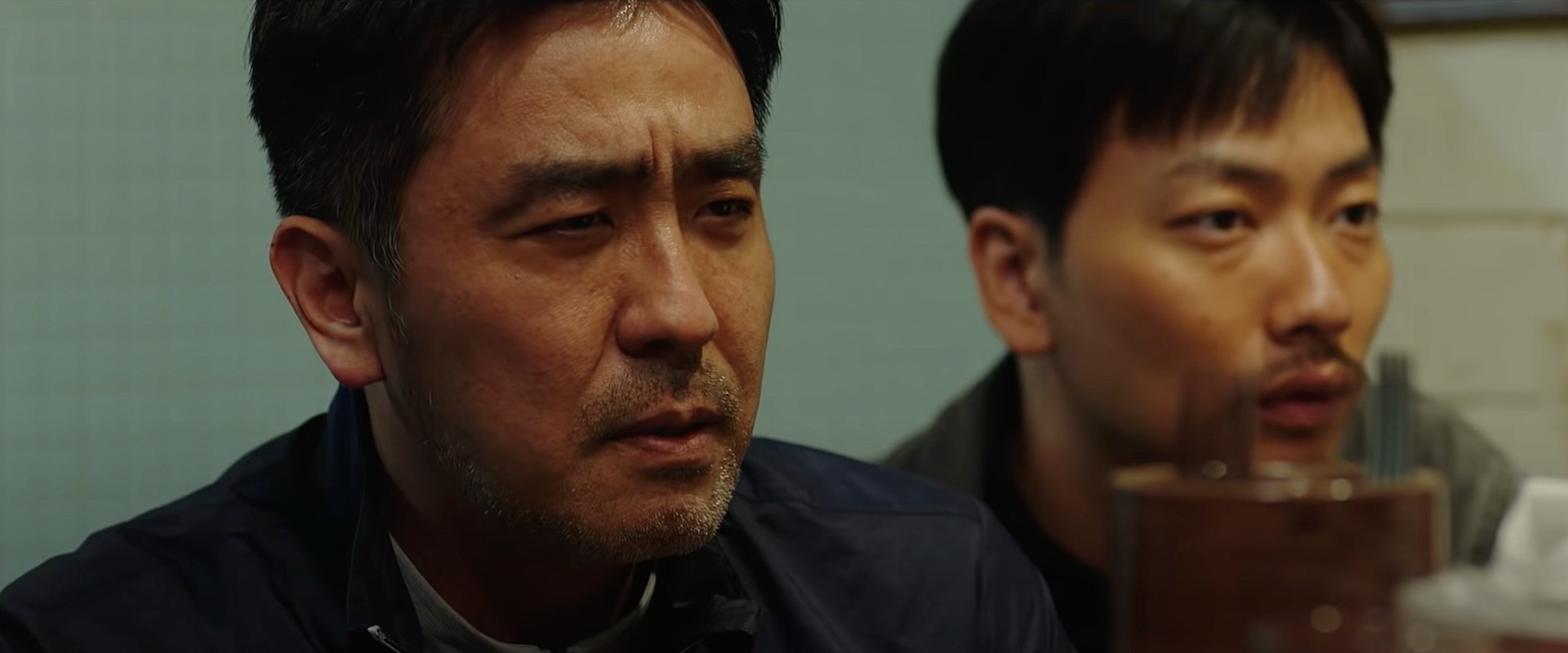
Take a film such as 2019’s Extreme Job, for example, which tells the story about a group of cops going undercover to run a chicken restaurant, eventually realizing that they are better at making chicken than being cops.
When it comes to modern comedy, it is refreshing to see a film that doesn’t rely on terrible improv, dick jokes, drug use, or pop culture references to get laughs out of the audience.
While the age of the action star is dead when it comes to American Cinema — unless you’re Tom Cruise and constantly deliver top quality films that doesn’t insult the intelligence of the audiences — that doesn’t reign true in Korea.
South Koreans love masculine storytelling and films led by a male star, which is why Don Lee still remains one of the top action stars in the country.
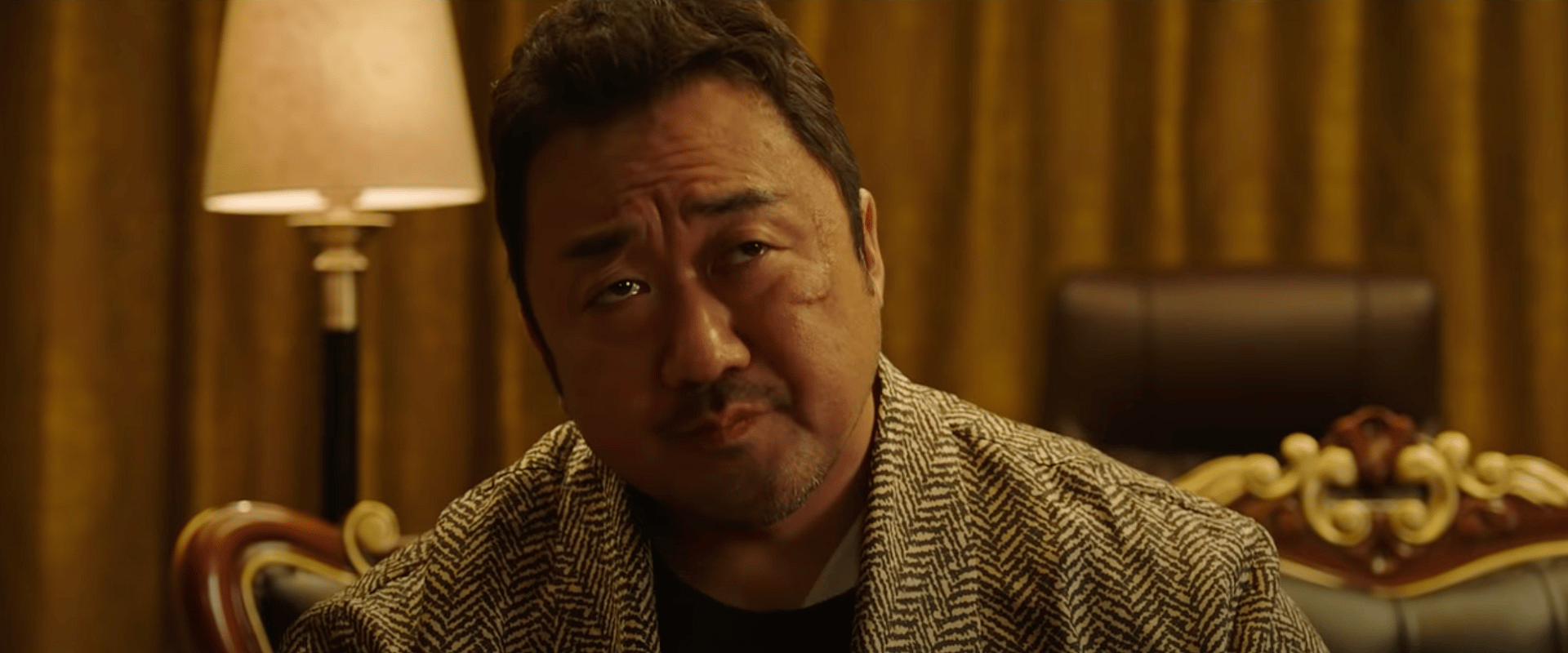
RELATED: ‘Scream VI’ Review – An Asinine Adventure In Woke Stupidity
Ma Dong-seok has starred in big-time action films such as The Gangster, the Cop, and the Devil — a film about the police force joining forces with an underground crime lord to take down a brutal serial killer.
The film presents audiences with a good setup, compelling characters, solid performances, and a world you can get lost in for two hours; a breath of fresh air from big-budget Hollywood productions.
American cinema is even being outshined in what they believe is their bread and butter, female lead movies. Take last year’s film The Girl on The Bulldozer, a fascinating character study of a teenage girl who has been forced to deal with the harsh reality of growing up and taking the workload of responsibility far bigger than someone in her age can handle.
If that doesn’t sell you on the film, you get a young Korean girl going full Killdozer like a female superhero.
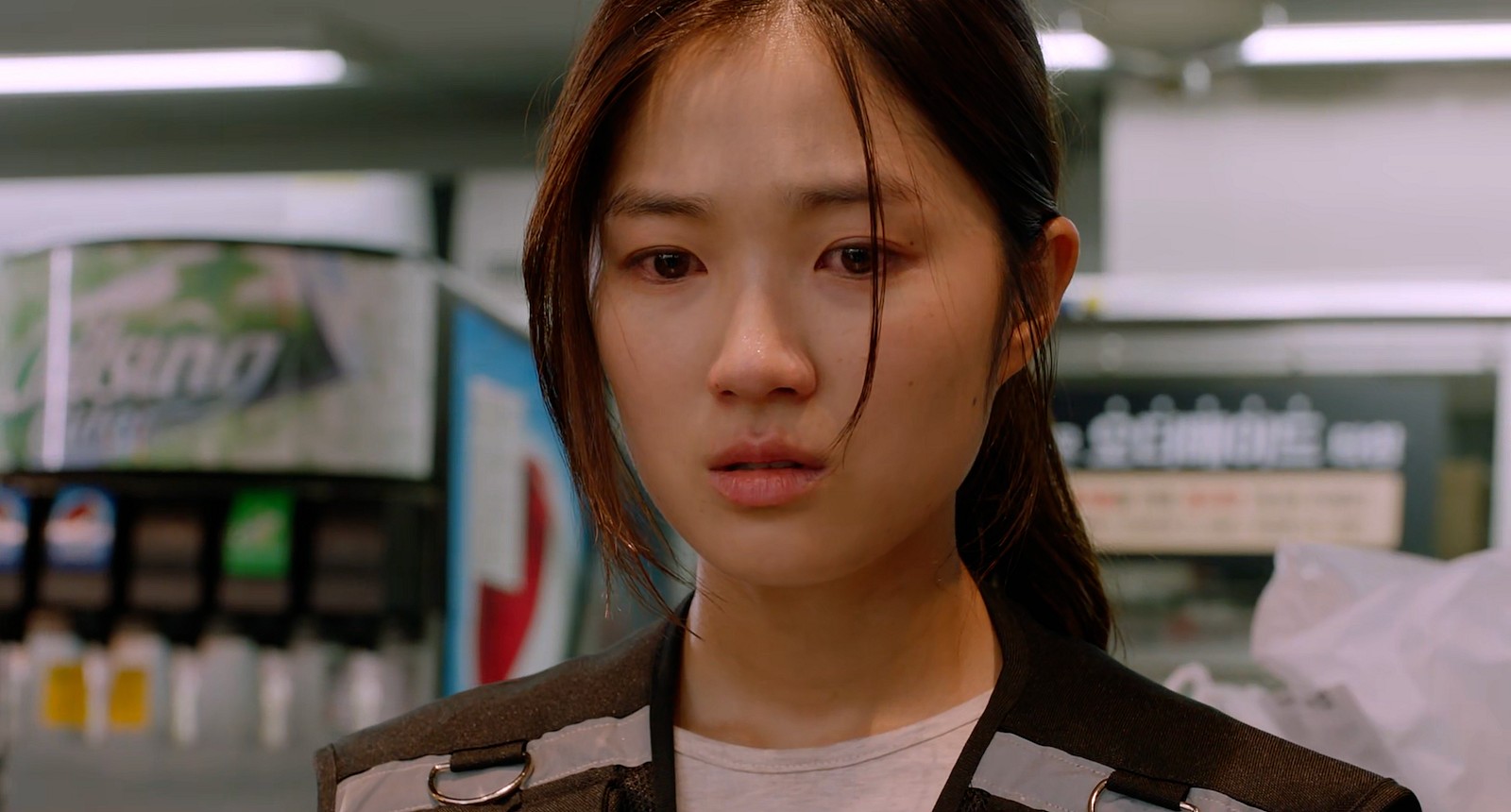
The reason why South Korean entertainment is able to excel where American entertainment fails is that their industry hasn’t been weaponized to subvert the culture.
Because their industry doesn’t seek to destroy their culture, they are able to present inspiring storytelling, beautiful cinematography, and characters that invoke the emotion of audiences. What Hollywood has taken for granted, Korea views as luxury.
https://www.youtube.com/watch?v=pdOLlKSyI3g
RELATED: ‘House Party (2023)’ Review – LeBron James Produces One Of The Worst Comedies – Ever
Some of you may assume that the woke virus that is plaguing the west hasn’t reached South Korea yet, and you would be mistaken. Because of the country’s immediate neighbors in the north, subversive communist organizations have been plaguing South Korea for decades.
The same Marxist organizations that seek to break up gender, sexuality, and the concept of a nuclear family in the United States are at work in South Korea as well, as a wave of anti-feminist resistance in the region has managed to catch the eye of mainstream media.
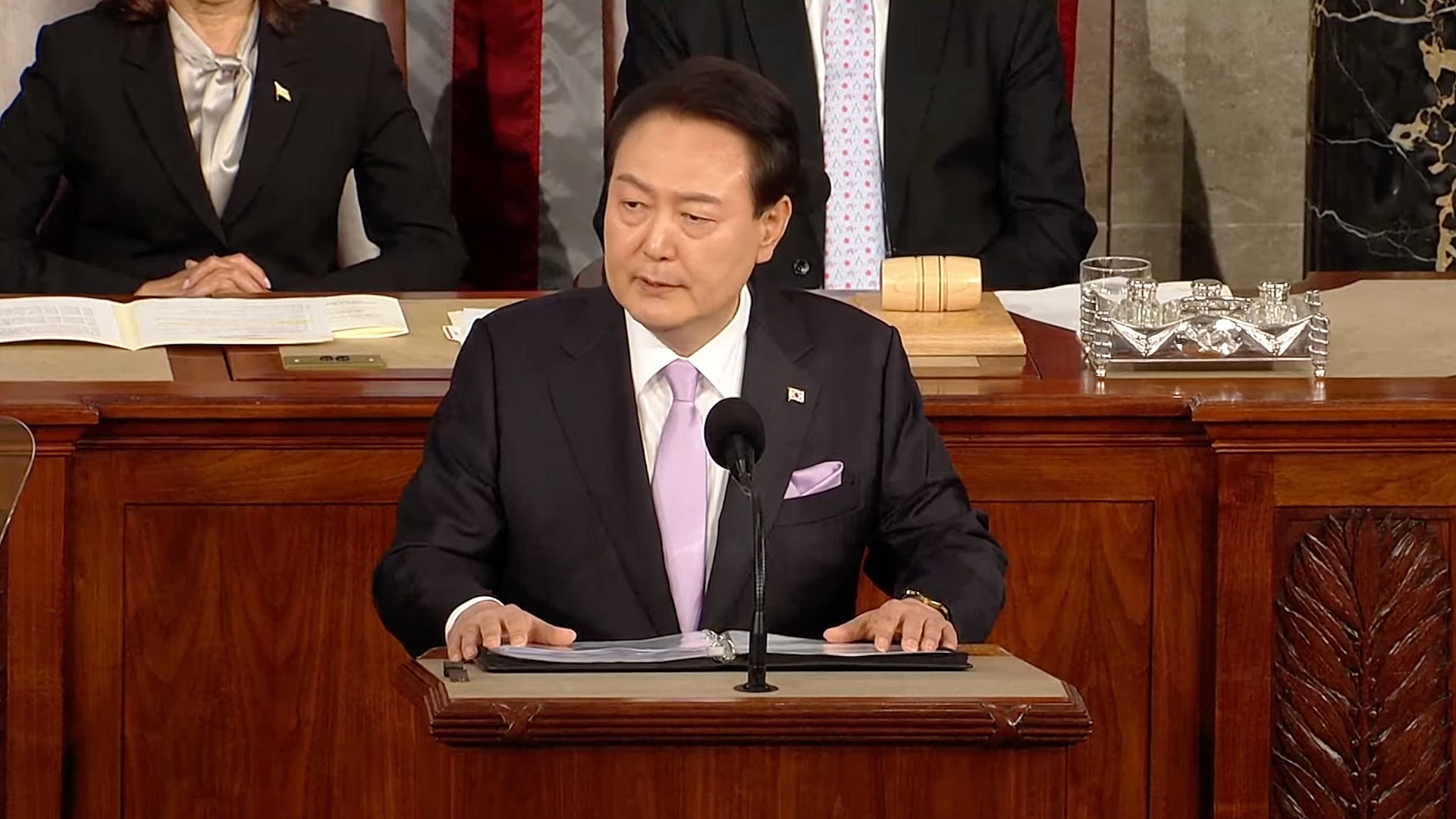
South Korean locals have grown a strong resistance against the feminist ideals that are leading to worst relations between men and women. The media in the country have gone as far as to blame anti-feminism for the election of conservative president Yoon Suk Yeol in the last election.
This is the same feminist movement that hit the United States and now sees the ramifications the idealistic wave has built over the years. A country that is struggling with population and economic issues sees feminism as cancer seeking to turn South Korea into their counterparts in both the west and the north.
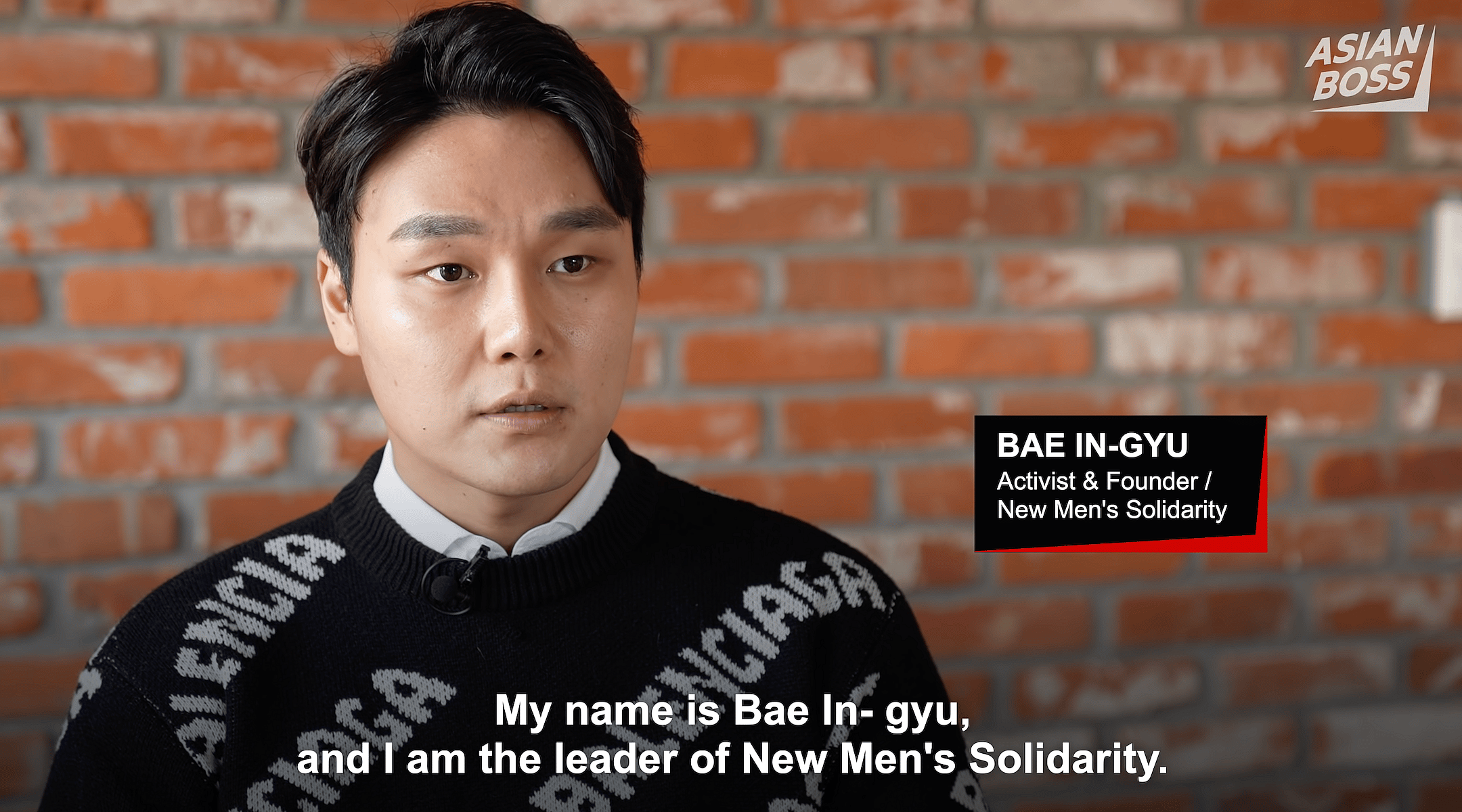
RELATED: ‘The Woman King’ Review – A Fantasy That Runs From The Truth
While it is still anybody’s guess just how long South Korea can hold out before the pendulum swings too far back in the other direction, the resistance against that perversion is holding strong.
So what is the secret that puts South Korea’s film industry above the one in the United States? The answer is actually quite simple: their creators stay true to the genres, the source material, and and their own culture. Over the course of the last couple of decades, those three simple concepts have been slowly disappearing from Hollywood productions.
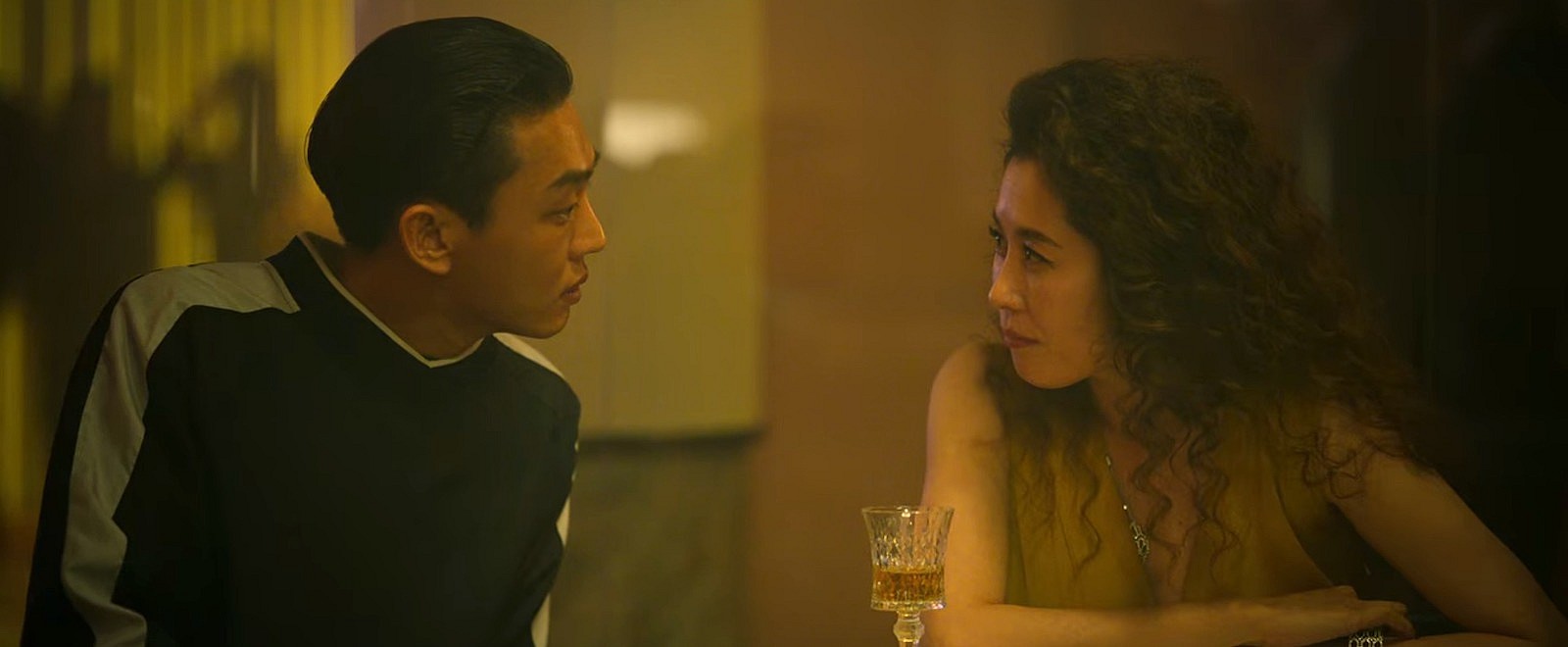
The few instances we see South Korean films that don’t follow this essential rule is when they’re intentionally producing content crafted towards American audiences, hidden under the guise that this is what audiences here in the west want to consume.
What separates the two countries is the South Korean film market can’t afford to upset their target demographic. The majority of film studios in the United States have become nothing more than portfolios for multinational corporations. Therefore, they can afford to disregard a large portion of the American audience under the assumption that they will regain some of it somewhere in another part of the world.
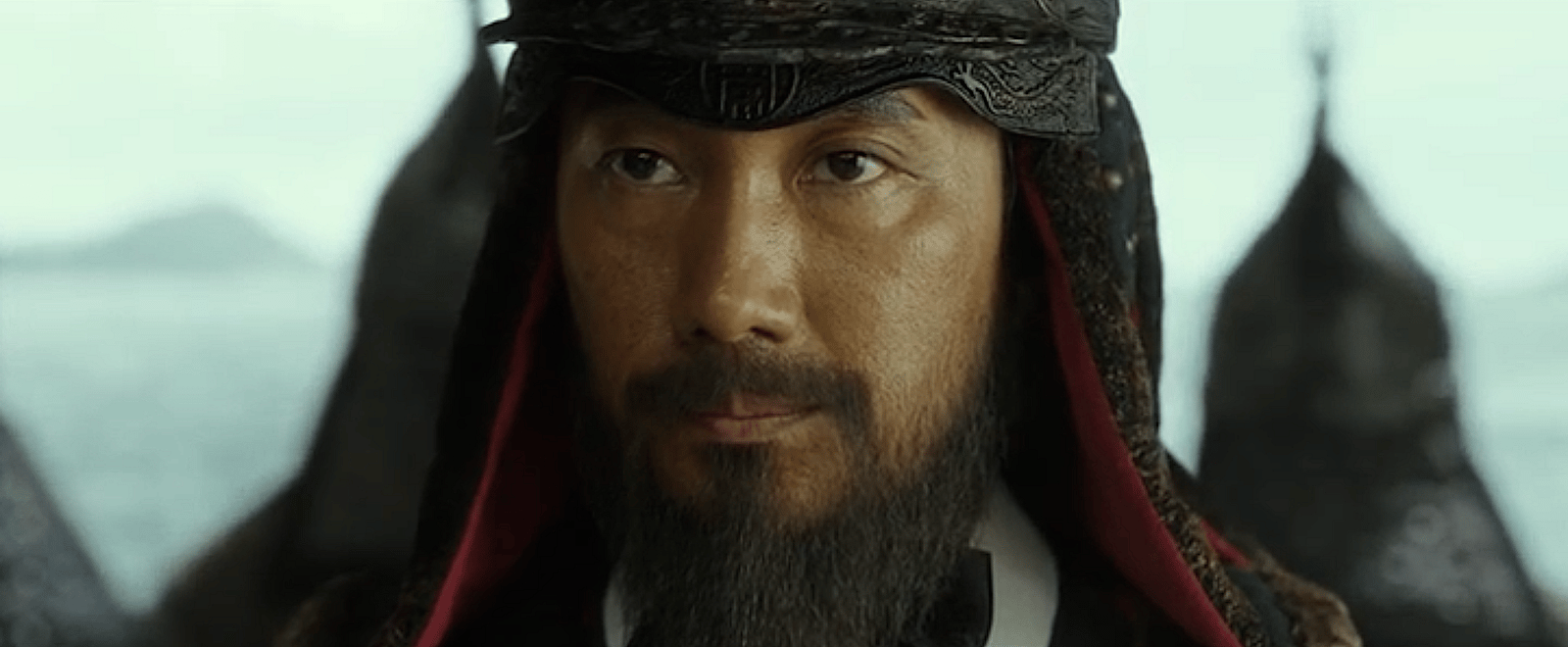
RELATED: ‘Don’t Worry Darling’ Review – A Better Drama Behind The Camera Than In Front Of It
The focus of American entertainment studios is not on the domestic market but the global one. That’s not the case for South Korea. While South Korean entertainment has a worldwide impact, they still rely on their homegrown audience to keep the business moving forward; whatever the South Korean audience wants, they’re going to get.
Because the American film industry’s mindset is telling the audience what they want, actually providing them with what they ask for is a blasphemous concept in the eyes of Hollywood.
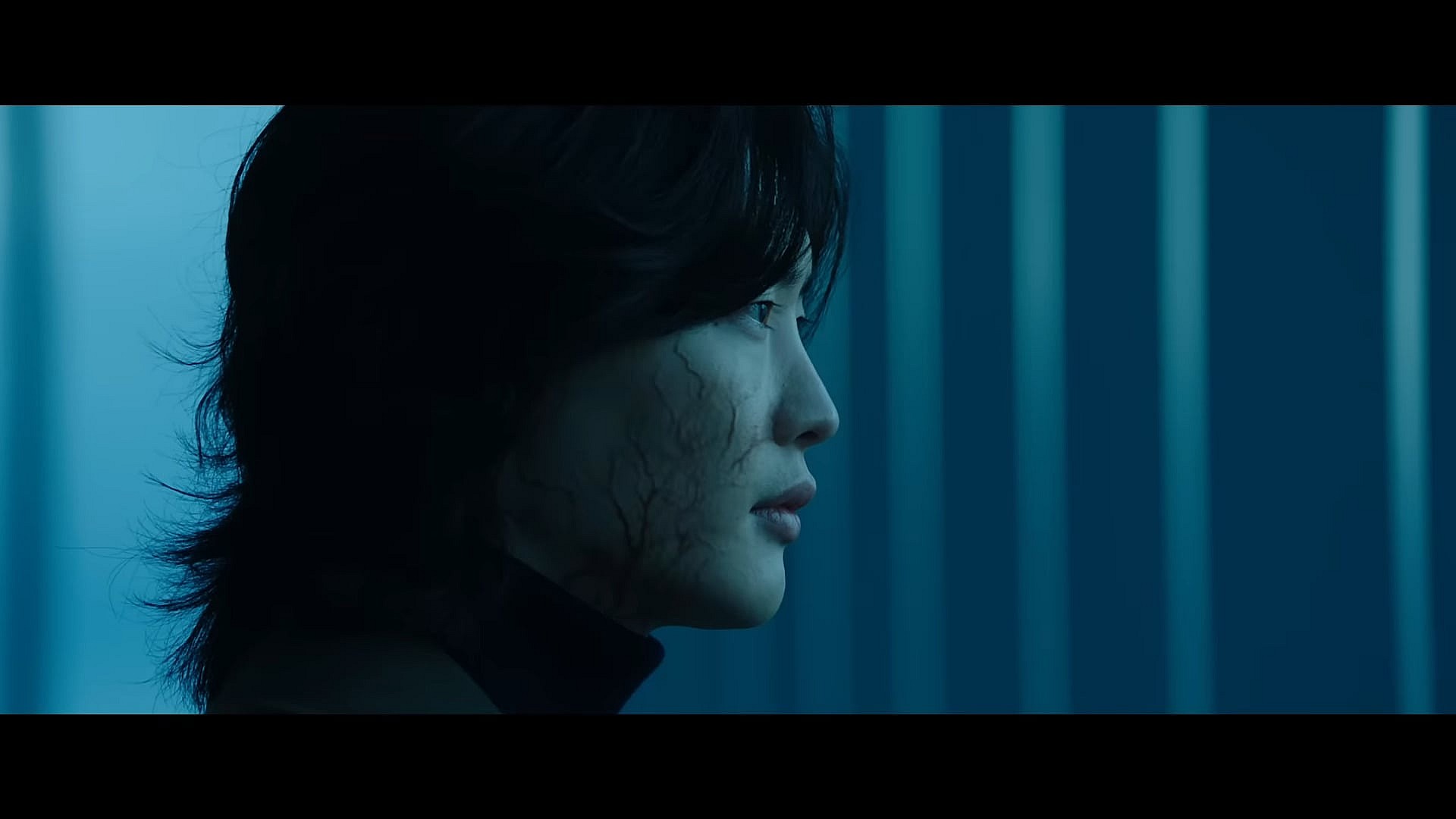
As far as quality entertainment here in the States is concerned, the next few months are going to be rough. The biggest movies that Hollywood has to offer us are films such as the recently release The Flash, Indiana Jones and the Dial of Destiny, and the live-action Barbie movie. If that isn’t the biggest sign of creative bankruptcy, I don’t know what is.
If you feel let down by American Cinema, check out the latest film from South Korea when it’s playing in your area. Not every film is going to be a home run in terms of quality, but the effort is going to be a lot better than what Hollywood has in store for you.
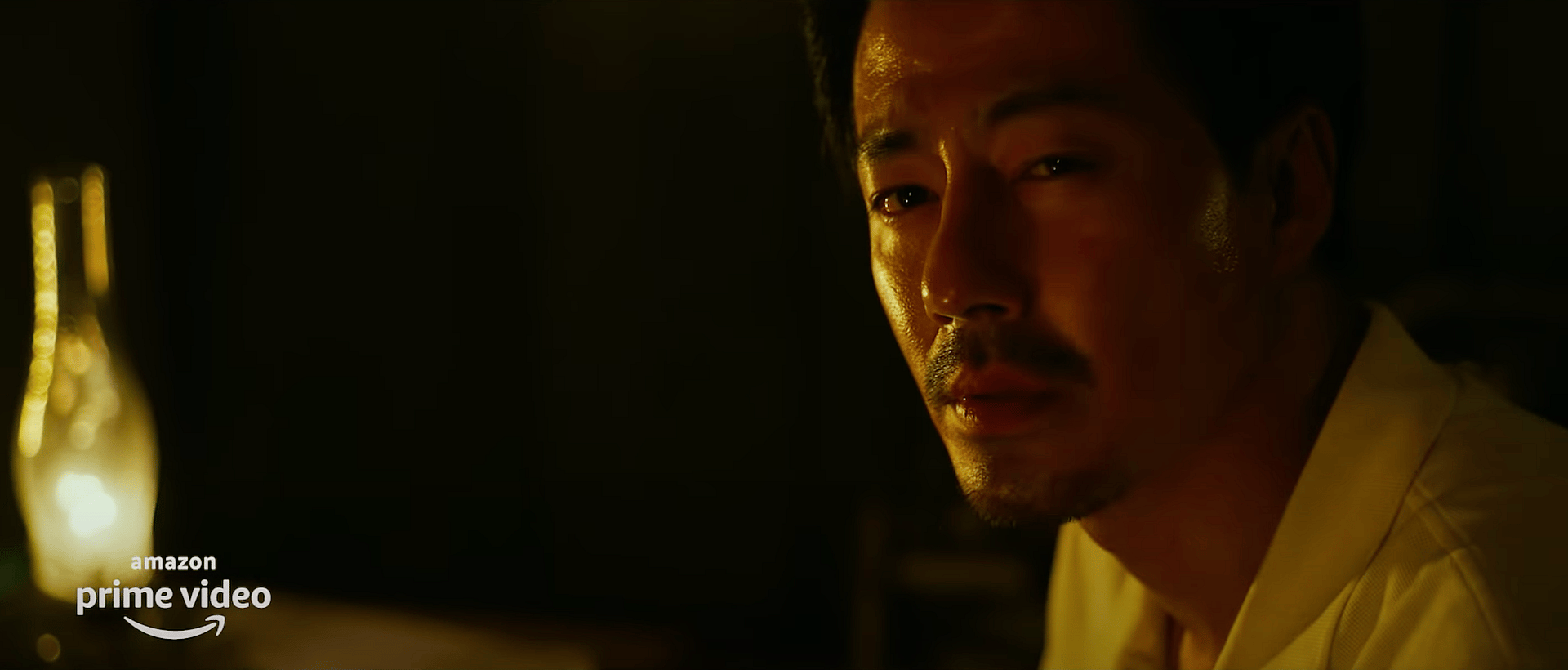
As long as you know where to look, the art of cinema isn’t quite dead yet.
NEXT: The Top 10 Best Films Of 2022
